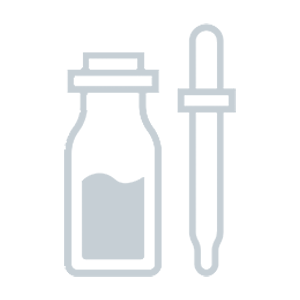Comparison between La Roche-Posay Anthelios Xl Lotion SPF 60 vs. Vichy Capital Soleil SPF
Find out which product is better for your skin.
Ingredients in both products 15
Components only in La Roche-Posay Anthelios Xl Lotion SPF 60 22
Drometrizole Trisiloxane, Mexoryl Sx, C12-15 Alkyl Benzoate, Glycerin, Ethylhexyl Salicylate and 17 more. Show all.
Uniqueness: 59.5%
Components only in Vichy Capital Soleil SPF 18
Oxybenzone, Cyclopentasiloxane, Silica, Dicaprylyl Ether, PEG-30 Dipolyhydroxystearate and 13 more. Show all.
Uniqueness: 58.1%
Face to Face
Components position by position
1
Homosalate
1
Avobenzone
2
Octocrylene
2
Homosalate
3
Octisalate
3
Octisalate
4
Avobenzone
4
Octocrylene
5
Drometrizole Trisiloxane
5
Oxybenzone
6
Mexoryl Sx
6
Water
7
Water
7
Cyclopentasiloxane
8
C12-15 Alkyl Benzoate
8
Alcohol Denatured
Show others
Positive Effects
Find out what good effects the product has
Both products provide the following effects: Antioxidant, UV Protection, Softening, Anti-aging, Antiseptic, Regeneration, Protection, Hair conditioning
Effects unique for Anthelios Xl Lotion SPF 60:
Moisturizing, Cleansing, Hair structure improvement, Hair glossEffects unique for Capital Soleil SPF:
No unique effects found
-- Show more --
ECO Metrics
Find out how eco-friendly the components are
Vegan
No
No
Cruelty free
No
No
Reef safe
Yes
Yes
Ozone layer safe
Yes
Yes
Organic score
natural
6 out of 37
16%
chemical
29 out of 37
78%
natural
6 out of 31
19%
chemical
24 out of 31
77%
Concerns
Pay attention to this information
-- Extra information --
Components by Skin Type
Find out what components are good or bad for your skin type
Dry skin
Positive: 4Negative: 1
Glycerin#9Propylene Glycol#19Palmitic Acid#29Tocopherol#36Alcohol Denatured#14
Oily skin
Positive: 0Negative: 2
Glyceryl Stearate SE#26Stearic Acid#34
Sensitive skin
Positive: 0Negative: 0
Dry skin
Positive: 1Negative: 1
Tocopherol#30Alcohol Denatured#8
Oily skin
Positive: 0Negative: 0
Sensitive skin
Positive: 0Negative: 0

